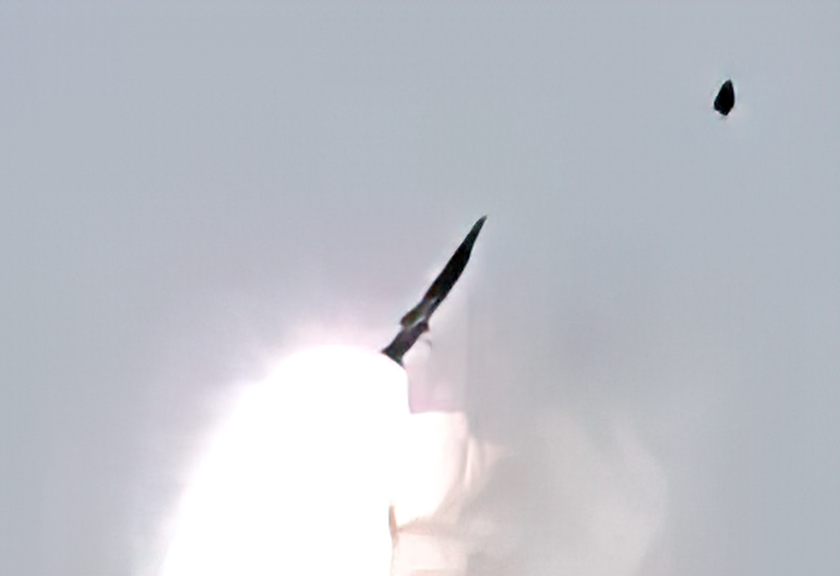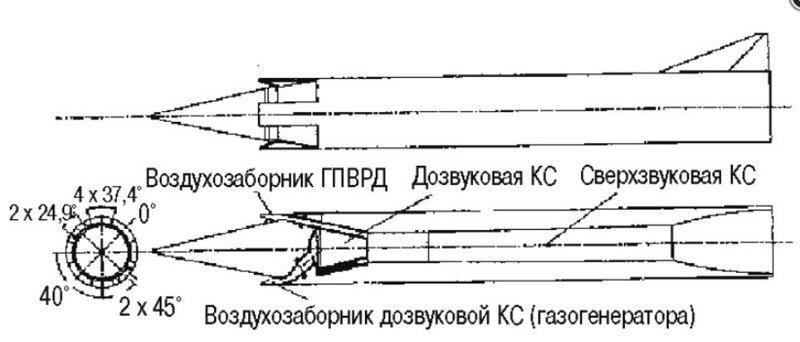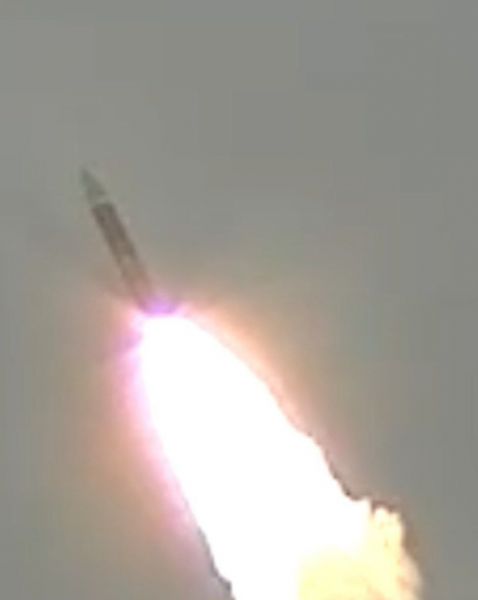R-37 AAM is able to maintain hypersonic speed right from launch all the way upto the target, isn't it?
The R-37 is a solid fuelled rocket with two stages of rocket fuel... high energy high acceleration fuel to climb to altitude and get to high speed and then a longer burn lower energy fuel to maintain speed and altitude till it reaches its target to dive down onto to attack.
It will accelerate very quickly to about mach 6 and then maintain that speed at very high altitude and then dive on its target.
Most of its targets will be aircraft or cruise missiles whose comparative speed is almost stationary, but against very high speed targets it does not have to match or exceed the speed of its target.... just like a cricket bat or tennis racket does not need to move faster than the ball to intercept it in flight.
The R-37 is probably also qualified to shoot down enemy hypersonic cruise missiles.
and
Zircon is at best Mach 10. You can probably use a multiple stage solid to intercept it. Think of something like the Sprint missile.
The cost of designing a defense system would likely be horrendous, and it would have poor range though.
The hypersonic weapons their enemy has do not manouver which makes them rather easier to intercept... imagine a tennis ball coming over the net at you... it has speed but does not change direction mid flight so its trajectory and path are predictable... but if the opposition tennis player made you think they were hitting the ball directly at you and instead at the very last second they hit the ball towards the opposite side of the court to which you are standing you don't have time to get to a position where you can reach the ball, and that is the problem manouvering hypersonic weapons create... they can change direction quickly but their flight speed means the intercept point will then shift perhaps hundreds of kms in a split second and you were already streaking at high speed towards the original intercept point you might not have the time or the fuel to reach the new intercept point so you miss.
It is not just a question of being able to match the speed of the incoming threat, it is matching the 4D intercept point... latitude, longitude, altitude, and time... if any one of those is wrong then you miss... I can go an stand on the spot below where the US nuclear bomb destroyed Nagasaki, but because the time is not the same I wont be killed by that nuclear blast.
But for ABM system, even a 3° correction of zirkon will switch the interception point few km away and the interceptor missile won't be able to catch it. For this you are right.
Exactly... with it moving at 3km per second even half a second late or early and you miss by over 1km, which means even a nuclear warhead might not stop the missile, but a small turn shifts the intercept point several kms and it will take a second or two to realise the turn and the effect on its flightpath and to calculate a new intercept point so now your interceptor has to calculate how to turn the missiles already fired to go to the new intercept point by the new intercept time... the target missile might turn in a way that shortens the flightpath of the missile you have launched, so it might need to wiggle and manouver to try to slow down so it does not blow past the new intercept location too early... early or late is a miss.
By which time the sensors on the Zircon might have detected the active radar signals from the approaching SAM which triggers its autopilot to turn away from the signal and climb a little which further shifts the intercept point again several kms in a different direction and at a higher altitude... it is probably already flying at 40-50km altitude anyway, which is already a problem for most conventional SAMs.
There will need to be a lot of work done on directed energy weapons to solve this problem... simply mirrorising the nose might be enough to deal with lasers... reflecting away enough energy so it does not heat up very much at all...
For ICBMs one solution was to make them spin which meant the laser could not focus on any part of the skin for longer than half a second as it rotated out of sight...
Another solution was to have a layer of a high temperature glass that was transparent and filled with a coloured liquid... the laser beam passes through the transparent outer layer but the energy of the laser is absorbed heating the liquid, which means it does no damage at all.




 lyle6
lyle6




